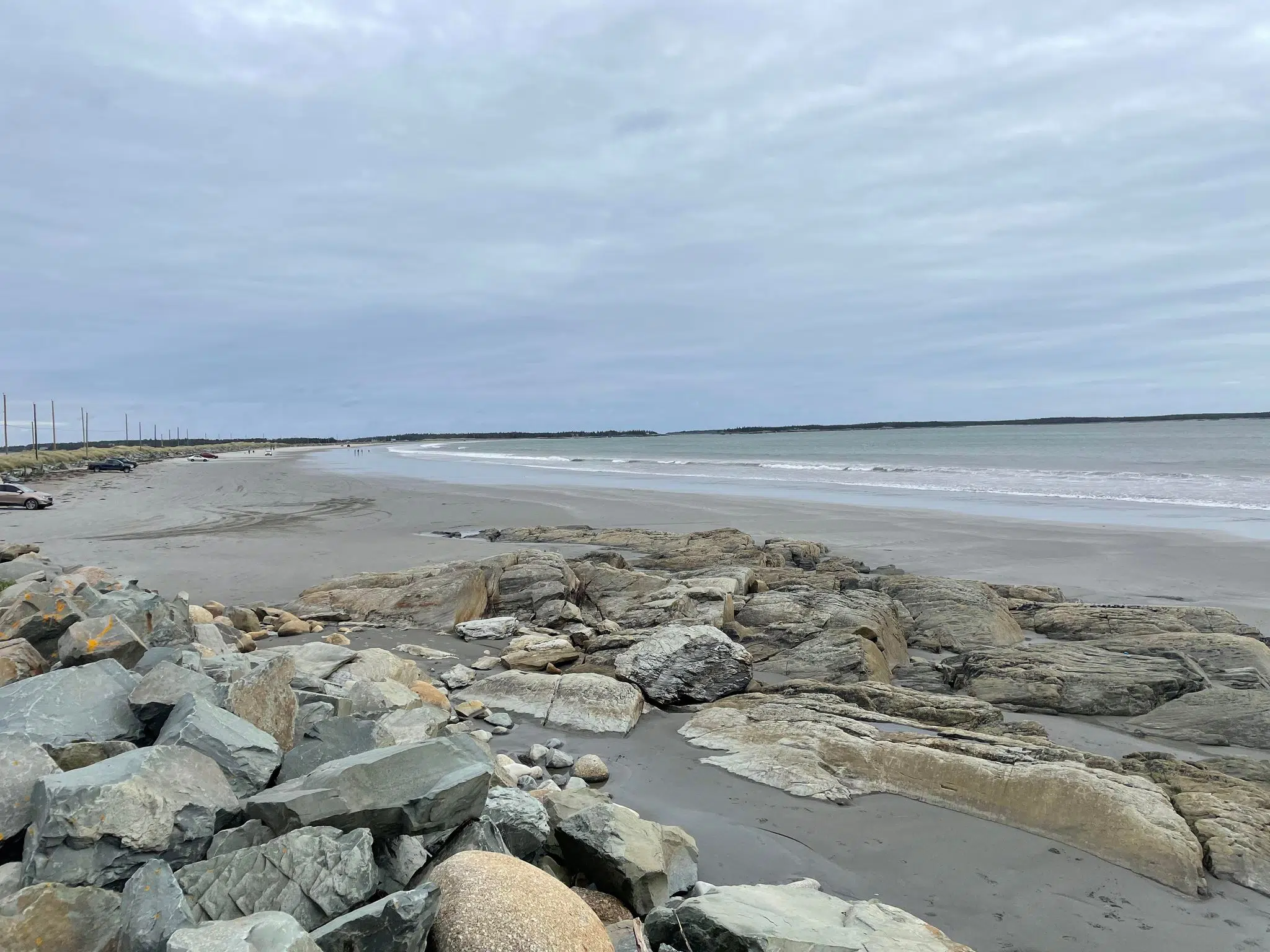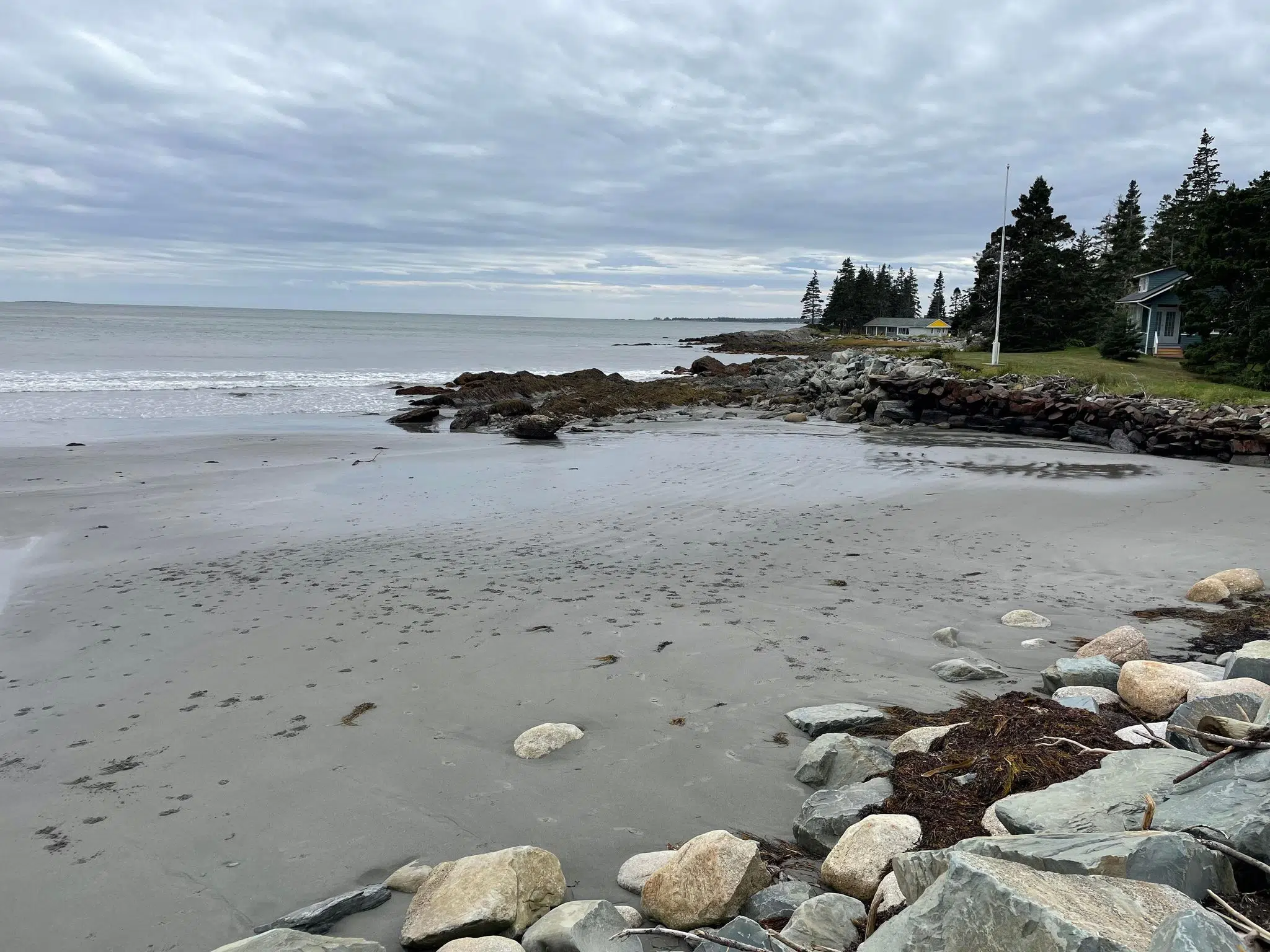Well that was a bit of a wild weekend and I feel guilty thinking that, or complaining about the inconveniences we saw in this area after what happened in other parts of the Atlantic provinces. Talking with people that are still without power, that seems to be the worst part in this area aside from the rooves that lost shingles and/or leaked and the trees that blew over on homes, vehicles, fences, etc.
Even though the South Shore did not see as much lasting damage as other areas, hurricane Fiona definitely adjusted the landscape of Atlantic Canada. Two well-known landmarks were taken by the storm and there could have been more. These stuck out a bit from the many posts I saw over the weekend. Keep in mind, this is very trivial when we consider what happened in Newfoundland. However, a well-known tree and a historic landmark are now gone, taken by Fiona.
The first is a tree that has been observed by travelers for as long as the highway 102 existed, the “Shubenacadie Tree” is no longer standing proud.
Nova Scotia’s Most Famous Tree, The Shubenacadie Tree Is A Victim Of Fiona – RIP
Another landmark that I am sad to say I never saw has been taken from the PEI shoreline. I remember seeing it on tonnes of postcards and videos that promote the highlights to see on Prince Edward Island, the “Teacup Rock” is gone thanks to Fiona.
RIP Tea Cup Rock. #Fiona #PEI pic.twitter.com/1MPU6fm4YP
— Jen Britton (@jenniferbritton) September 25, 2022
I did notice one thing locally that I have never seen, the lowest tides I have ever witnessed.
Check out these pictures from Crescent Beach in Lunenburg County. I never saw the beach so big.










